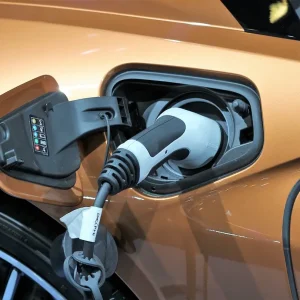Fleets need to collaborate with insurers to create a better understanding of risks around EVs, according to the Association of Fleet Professionals (AFP).
The industry body said its members were reporting some increased premiums for EVs, based on what it said appeared to be inaccurate or irrelevant information.
AFP chair Paul Hollick said the organisation was hearing of issues in three main areas.
He explained: “The first is the repair data that insurers employ to calculate premiums. Many are using information based entirely on experience with Teslas and applying this across the board to all EVs, even to vans.
“Clearly, this is problematic. The repair profile of Teslas is applicable only to Teslas, in the same way as any other manufacturer, and has very little relevance to commercial vehicles.
“Fleets and insurers need to be working together to create a situation where premiums can be calculated based on much better and directly applicable data.”
The second issue, Hollick said, was that insurers seemed unsure of the value of an EV that had been written off in an accident.
He said: “This is especially the case where the battery may have been damaged as part of the write-off. Some insurers seem to be working on the incorrect basis that the battery has no market worth. Again, this needs to be included in the maths behind premiums.”
Finally, Hollick said there appeared to be an undue amount of worry about the possibility of EV fires and the potential for damage to then spread beyond the vehicle itself to other vehicles, as well as surrounding property.
He said: “EV fires, when they occur, are a serious issue, but experience so far shows that they are very rare – substantially less likely than fires in ICE vehicles – and we are unaware of cases where there has been a fire and a significant amount of harm has been caused in the immediate vicinity. The risk is just not that high.”
Hollick said the AFP itself was keen to work with insurers to share their experience of EV operation and provide the information needed to calculate more precise premiums.
“At this point, it’s very much about opening a dialogue that will probably continue over some time. We understand that insurers want to be conservative when it comes to new technology and that this approach applies to EVs but we also believe that fleets are in a position to provide the operational evidence to show that the risks and costs associated with EVs are much lower than many appear to believe.”





